Swansea Mall opened in 1975 at 262 Swansea Mall Drive, just off US 6 and Interstate 195. Arlen Realty built the mall. It had over 90 stores, four anchor stores, and one floor, and covered more than 80 acres.
Sears and Edgar were the original anchor stores. Caldor and Apex came later. The mall added a food court in 1995 and hosted a four-screen movie theater during its early years.
Across the road, Swansea Crossings, a strip plaza, opened and included more national retail stores.
By the early 2000s, Walmart had taken over the space from Caldor, Edgar had already closed, and the Apex store was no longer in use.
In 2013, Walmart moved into a separate building nearby. One anchor after another left. The mall closed in March 2019.
Renovation started in 2021, and the interior was removed to make room for a strip-style layout.
By 2025, the property was known as The Shoppes at Swansea, but most of the space remains vacant.
Enclosed Regional Mall - Origins and Peak (1975-1995)
Swansea Mall opened in 1975, built by Arlen Realty at the intersection of Routes 118 and 6, near the I-195 interchange.
It began with two anchors, Sears and Edgar Department Stores, and included a four-screen movie theater.
The structure was a single-level building, constructed across a flat site with three adjoining out-parcels and a large surface lot.
In the early 1980s, the mall grew with the addition of Apex, a Rhode Island-based retailer, and Caldor, a national discount chain.
Around the same time, Swansea Crossings, a new plaza across the street, opened with Tractor Supply Company as its main tenant.
Seating areas with tile and fountains were located in the main corridor until they were removed during the mall's renovation.
New floor tiles and a new logo were introduced in the late 1980s. The separate dining areas were replaced by a food court in 1995.
Edgar had gone out of business by then, and the space was taken over by Jordan Marsh.
Caldor had consistent shoppers until a fire in 1997 caused it to close for a period.
Apex and Caldor brought people to different ends of the mall, and Sears was the main store in the middle.
Jordan Marsh was sold to Macy's in 1996.
Beginning of Decline (1996-2013)
Caldor closed as an anchor store in 1999. The old Caldor location remained vacant until Walmart acquired it in 2001.
Apex shut down that year as well, leaving its building unused for years.
Newport Creamery, Roman Delight, and other 1990s-era restaurants had left the mall.
Some of the store spaces were blocked off or had their windows covered, though the main passageways were open.
Walmart remained in the building until September 2013, when it moved into a freestanding supercenter nearby.
The former wing was torn down and replaced with a larger parking area and a new mall entrance.
The out-parcel buildings, which included a Toys "R" Us and a Price Rite/Dollar Tree space, were sold to Gator Investments in December 2013.
Around that time, Carlyle Development announced plans to sell the mall.
They brought management in-house in early 2014 and hired Kaplan Retail Consulting to handle leasing.
An online auction was held in late 2014, but no long-term sale was subsequently concluded.
As leasing slowed, open space inside grew. By the end of this phase, the mall continued to operate daily but was becoming increasingly quiet.
Foot traffic centered around a few chain stores near the newer entrance, but the original anchor ends had little activity.
Anchor Loss and Final Closure (2014-2019)
Swansea Mall entered 2014 with one anchor remaining. Sears and Walmart had left.
Apex had long been empty. Macy's still operated out of the former Jordan Marsh space.
In January of that year, the mall ended its contract with Jones Lang LaSalle and began managing day-to-day operations internally.
Leasing duties were transferred to Kaplan Retail Consulting.
That same year, a sale was initiated through online auction. By January 2015, the deal had collapsed.
On December 28, 2016, Macy's announced it would shut down the Swansea location as part of a national plan affecting nine stores. Its doors closed in March 2017.
The out-parcel Toys "R" Us store, located just beyond the former Caldor lot, closed in June 2018 after the chain exited all U.S. operations.
In January 2019, local officials discussed using eminent domain to repurpose the property.
On January 31, mall ownership confirmed that the building would close by March 31.
During those final weeks, visitors walked the concourses and took photos of the exhibits.
On March 31, 2019, the building closed permanently. Two months later, Anagnost Companies purchased the site at auction.
Their partner, Brady Sullivan Properties, was listed as co-developer.
Early Redevelopment and First Tenants (2019-2022)
After the sale, plans to redevelop the property encountered problems immediately.
Walmart, which had moved into its own building on the property in 2013, objected to the mixed-use proposal.
Walmart's lawyers pointed to easements and restrictions that had been set on the property years before.
By late 2020, disagreements had stopped progress on redevelopment.
Town officials responded by exploring litigation to remove the easements using eminent domain.
They continued to consider using eminent domain into the next year.
In May 2021, developers estimated that the conversion would cost approximately $200 million.
They proposed new apartment buildings in addition to retail and storage.
Swansea officials considered relocating the town offices to the building for a while, but legal issues prevented it.
In fall 2021, demolition began on the Apex wing, which had sat unused since 2001.
Before the year finished, two tenants had occupied parts of the building.
The Pentecostal church set up in the old Macy's location, and the rebuilt Apex area was taken over by a self-storage business.
At that point, the rest of the building was still empty. The southern part of the building was still closed and unused.
The northern side had been cleared out and partly renovated, but most of the entrances were still shut.
No new retail had opened. Parking lots were patched, but unlined. The new tenants operated independently from what had once been a single interior.
Rebranding to The Shoppes at Swansea (2023-2024)
By mid-2023, developers shifted to a strip mall format. The property was rebranded as The Shoppes at Swansea.
Storefronts were built out along the exterior, leaving most of the former mall's interior gutted or closed.
However, most units remained empty.
Crunch Fitness signed on and opened a gym in the renovated section. Prime Storage used the former Apex parcel.
His Providence Church continued to operate out of the old Macy's location.
Unified Global Packaging opened an office in the southern section.
The directory included Walmart, but that store had been operating out of a separate building since 2013.
In June 2024, Versailles Boutique Event Venue filed for an occupancy permit. Construction on their interior began over the summer.
They offer a private, upscale location for events, corporate meetings, photo sessions, and related activities.
Infrastructure Challenges and Leasing Barriers (2025)
In early 2025, town officials stated that problems with the sewer and wastewater systems were the primary reason empty storefronts could not be leased.
Improvements to the infrastructure had not kept up with redevelopment.
The engineering firm Fuss & O'Neill said that to allow more business at the site, the town would need to increase its wastewater capacity.
Nearby retail centers in Seekonk and Fall River continued to draw national brands.
The Shoppes at Swansea struggled to attract tenants, despite its large open spaces and ample parking.
The original 1970s ring road was still in place, but in June 2023, the town and MassDOT announced plans to convert Swansea Mall Drive into an urban boulevard.
That project had not yet begun.
Brady Sullivan Properties advertises the property as a mixed-use redevelopment, offering about 200,000 square feet for commercial, office, or industrial tenants.
The official website lists several units as available. The building was originally designed for steady indoor traffic.
Still, it now has only a few tenants who use separate spaces.
🌻

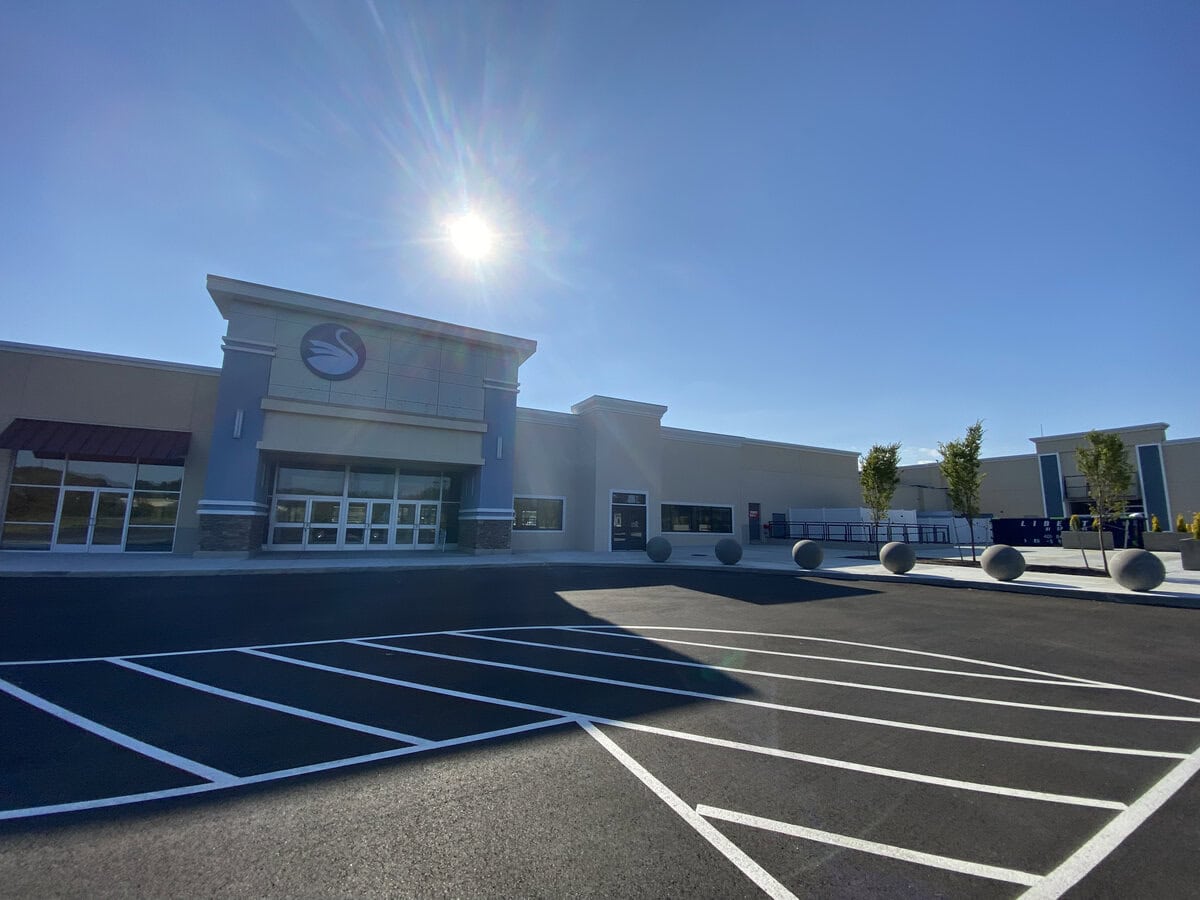
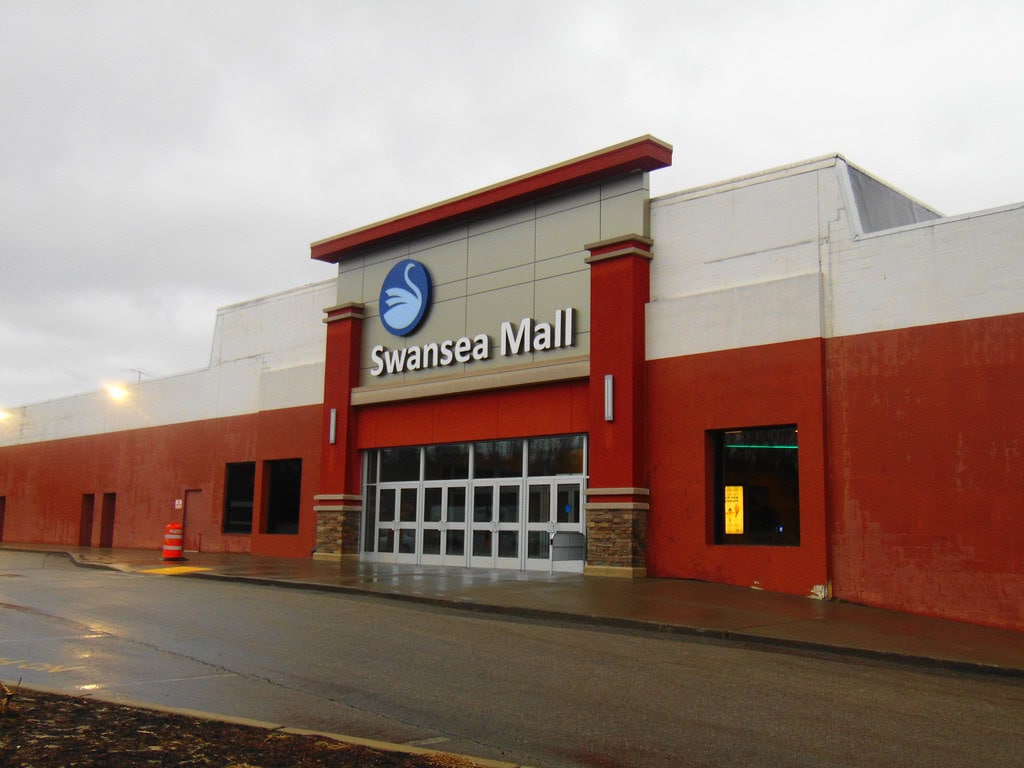
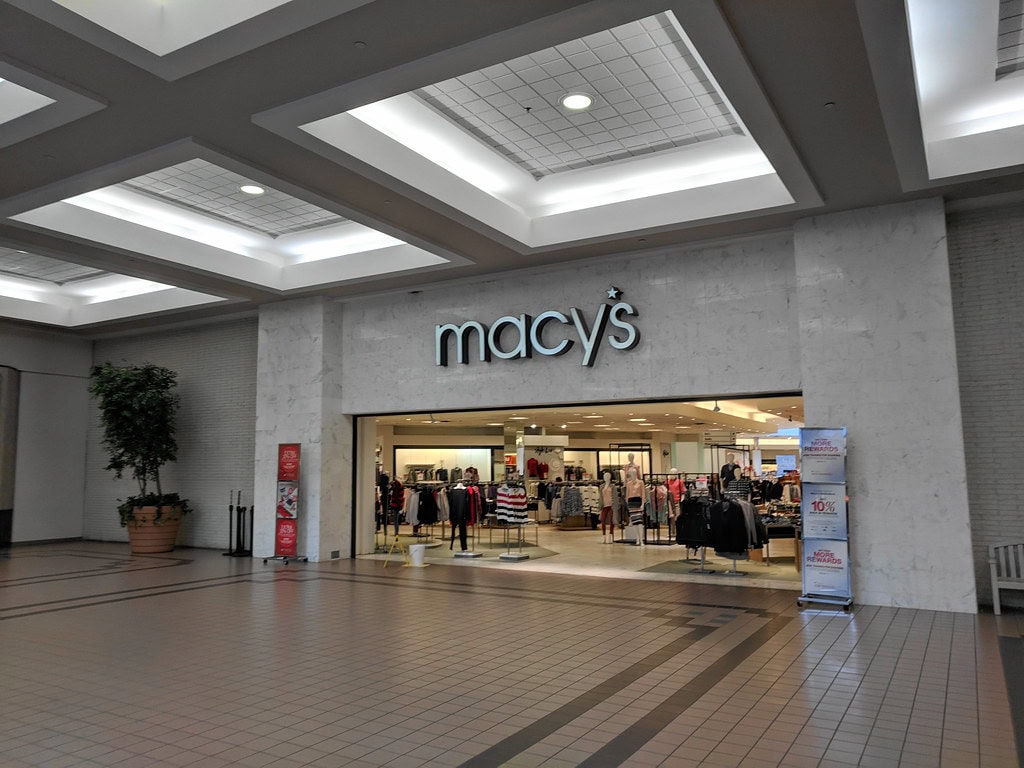
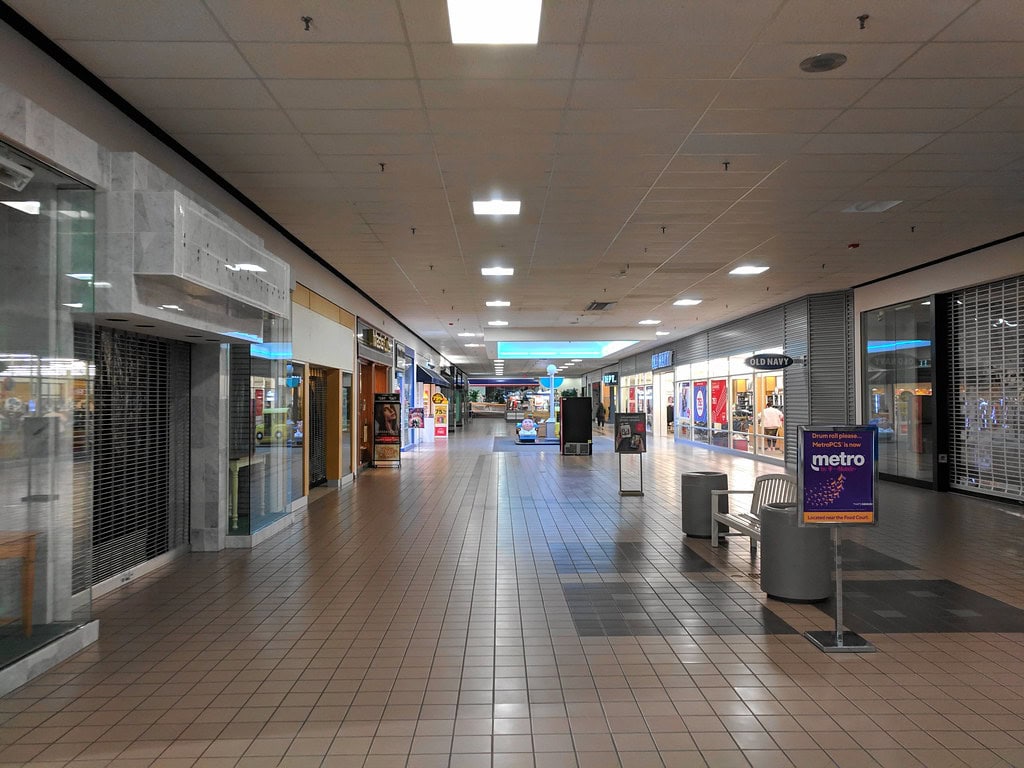
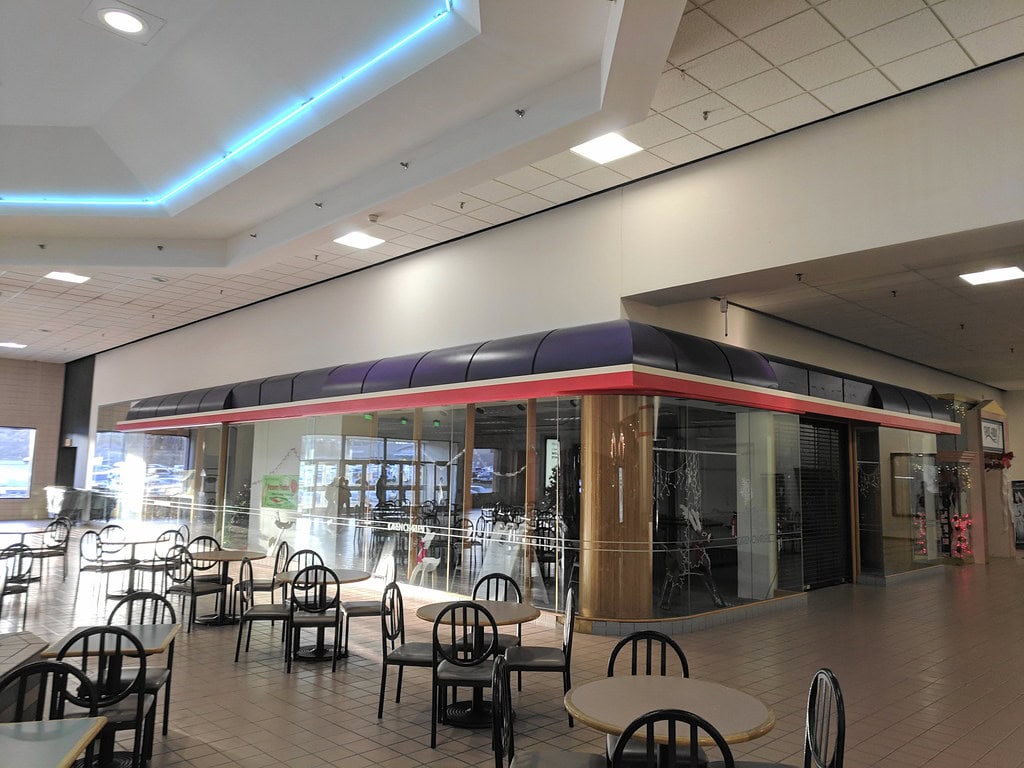
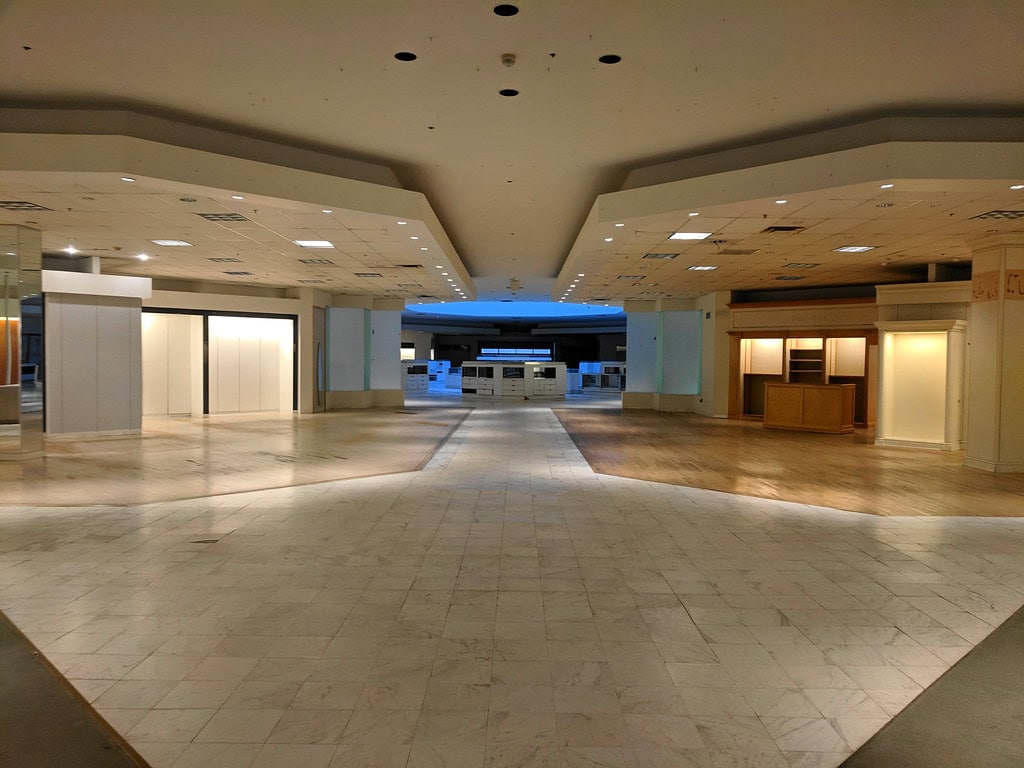

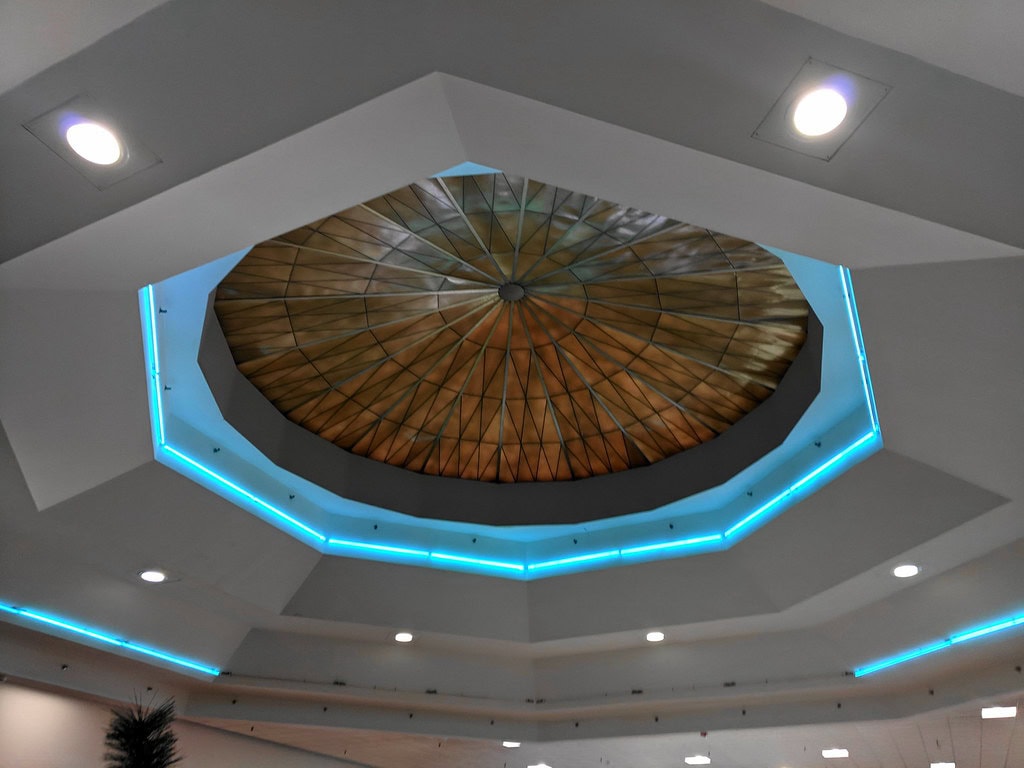
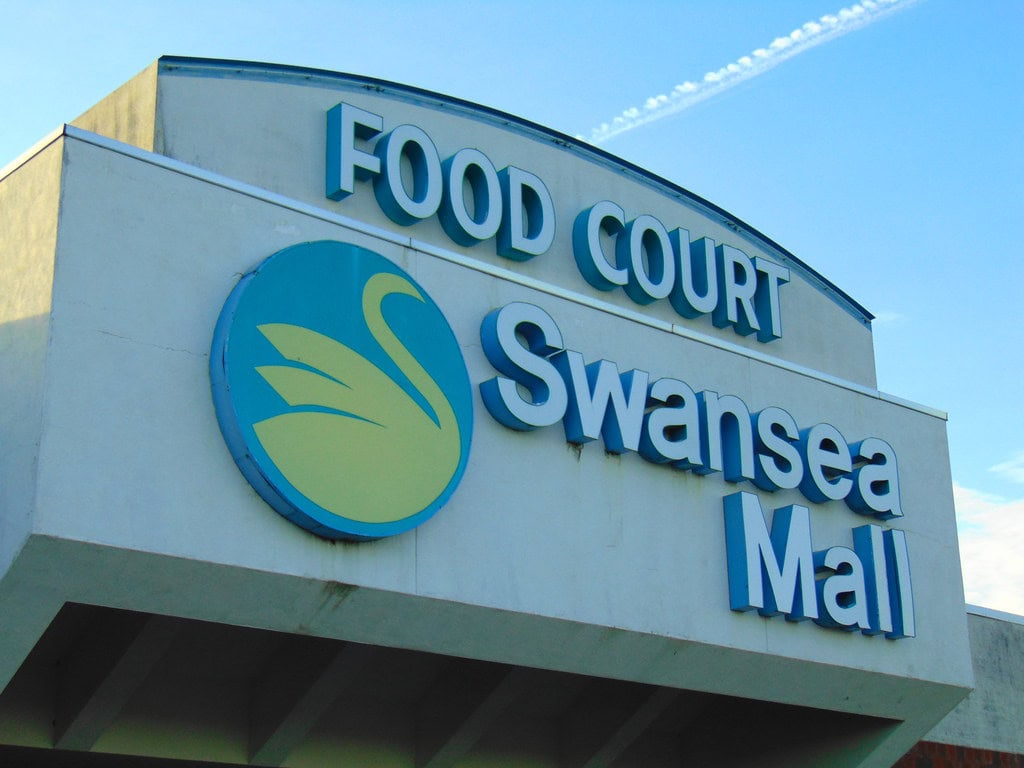
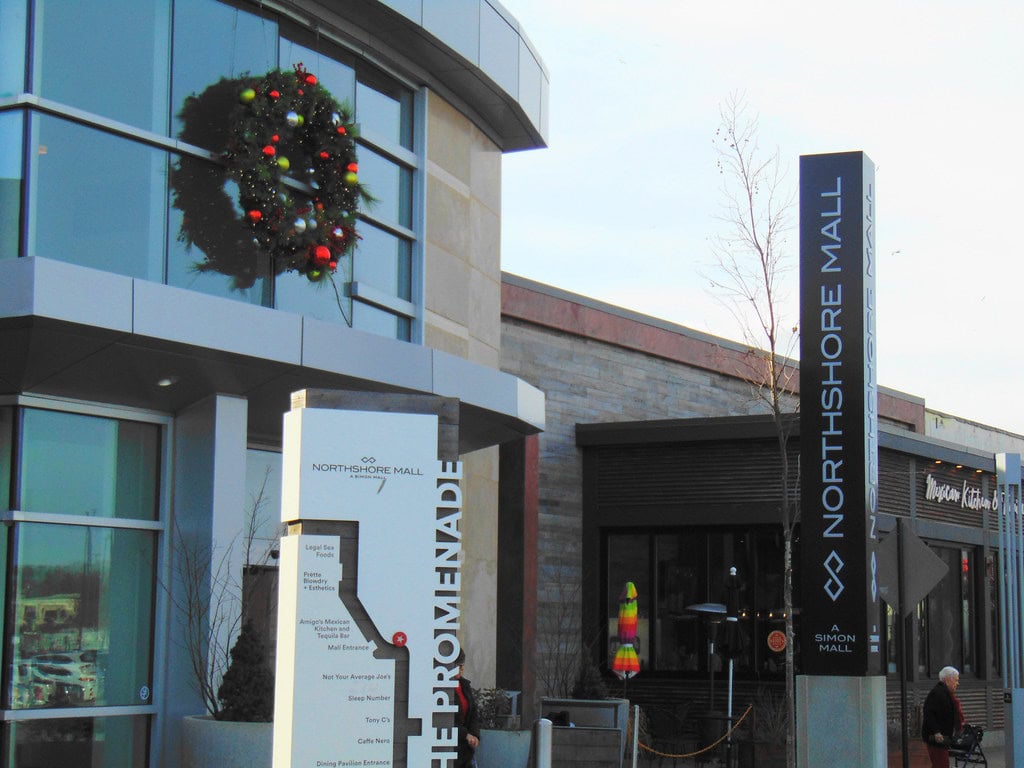
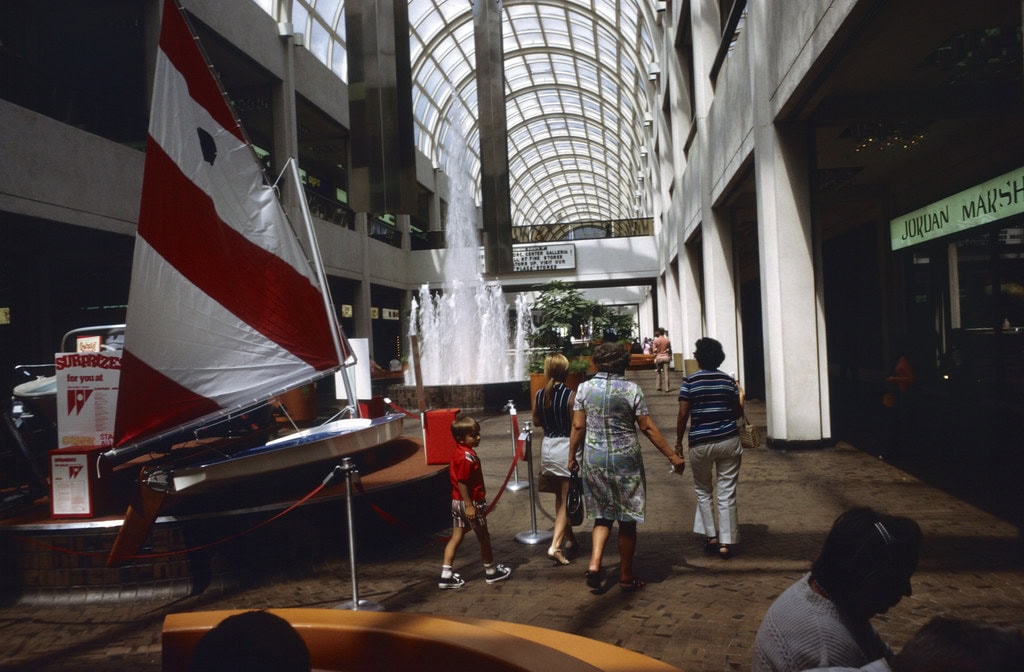
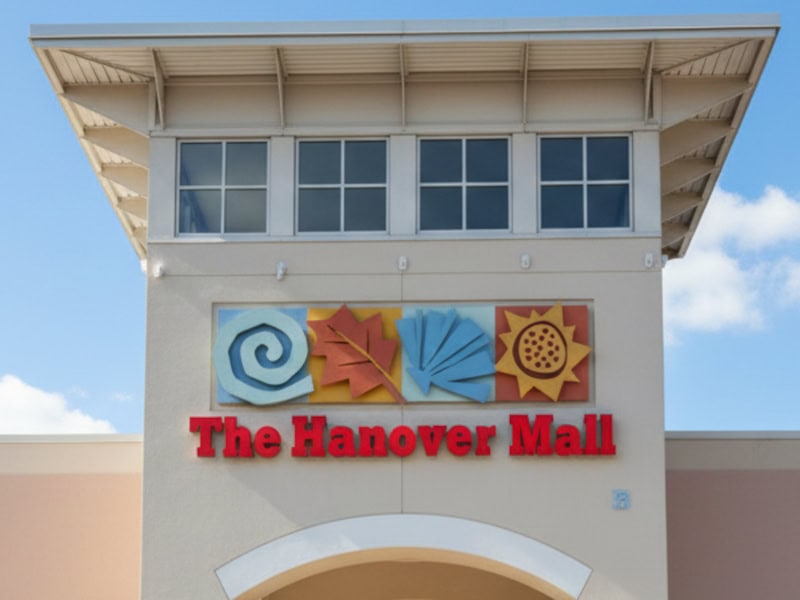
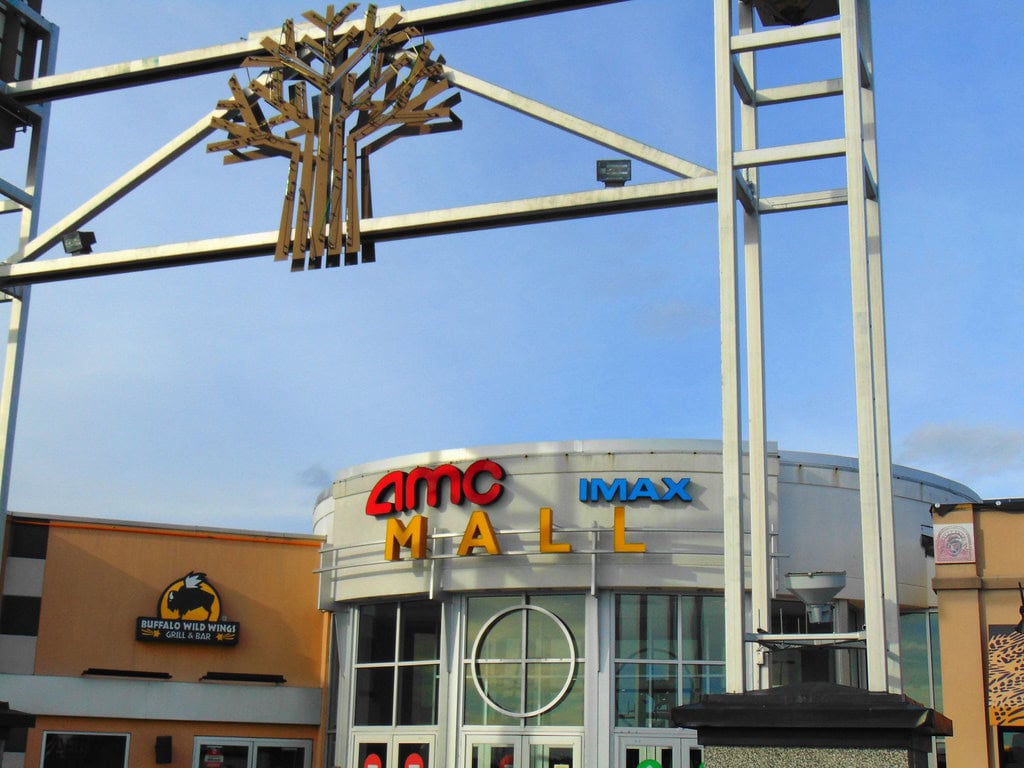
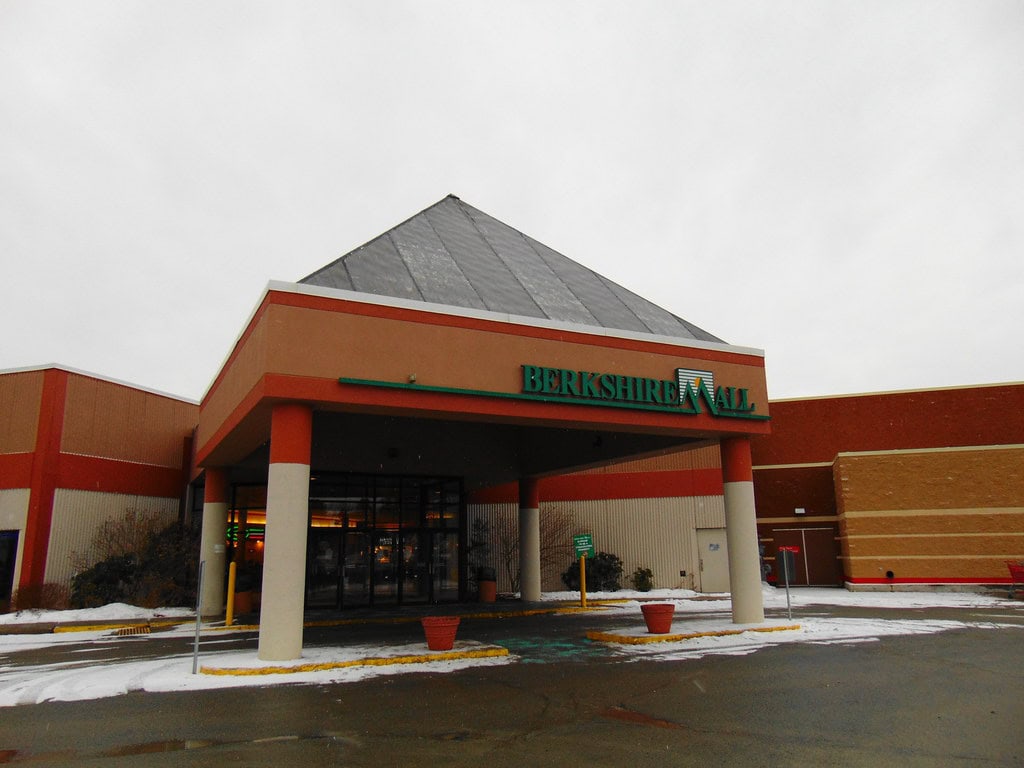
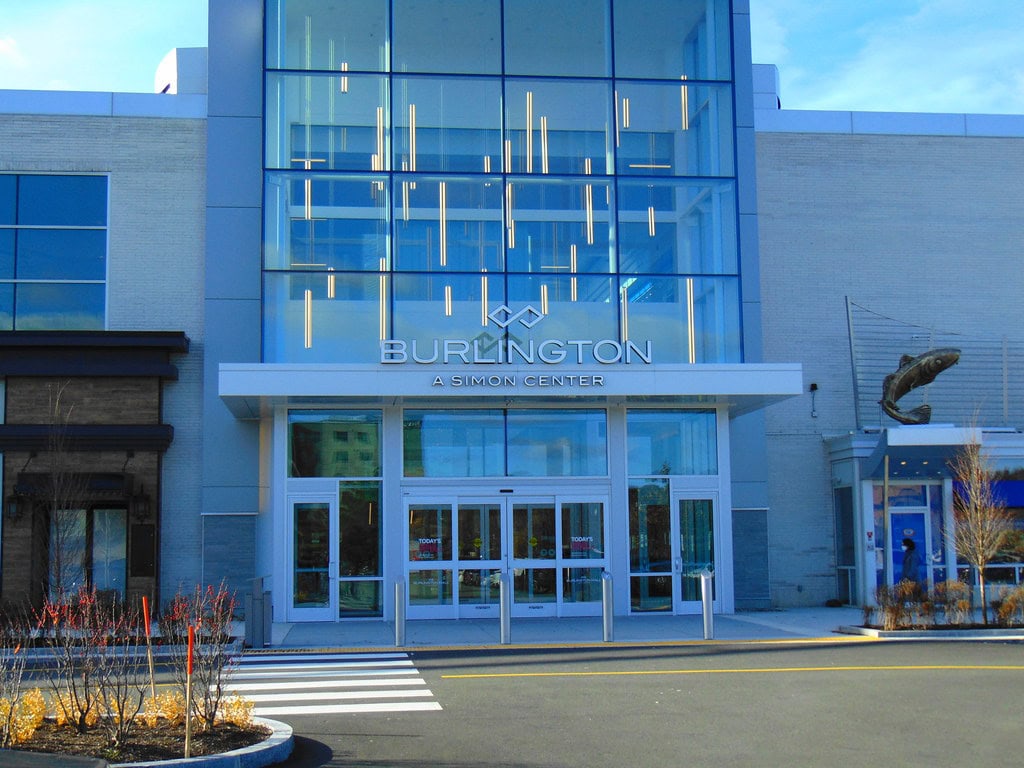
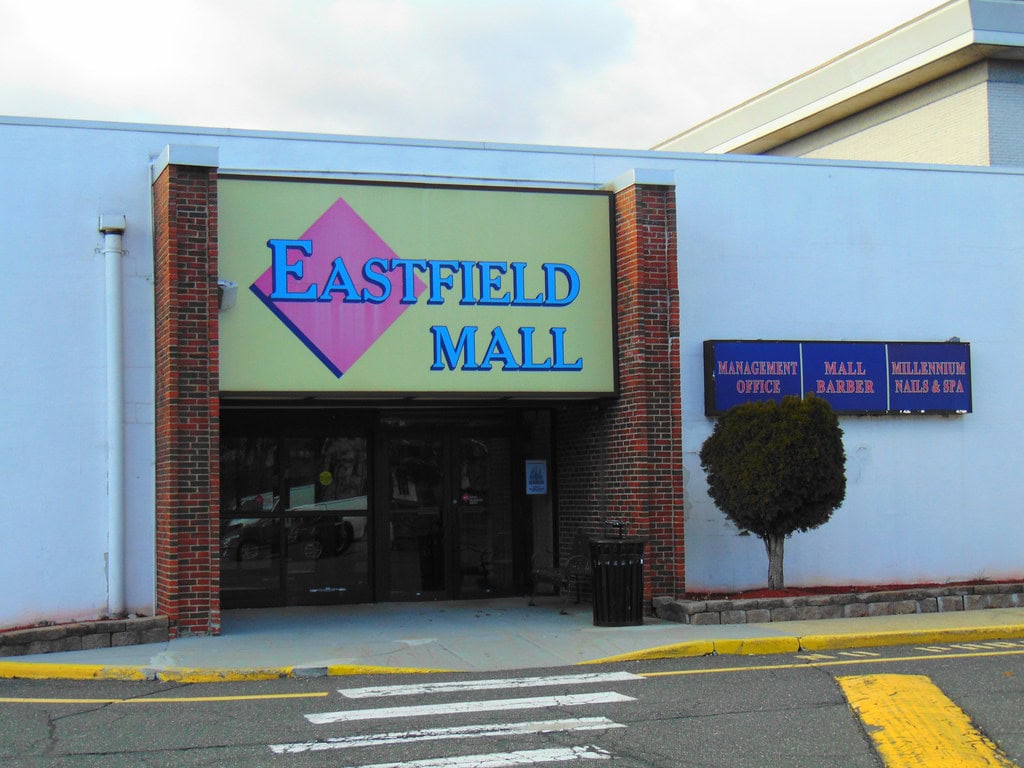
I think and so does a few of my friends you should try and get a I hop in there or a Denny’s they are great Restraunt and serve meals for breakfast, lunch and dinner. A lot of people go to East Prov. And Fall River to eat in those places. Please see what you can do. Thanks. Karen M.
Thanks for the note, Karen. A place like IHOP would draw in families, shift workers, early risers - all the folks who want to sit down and stay a while.